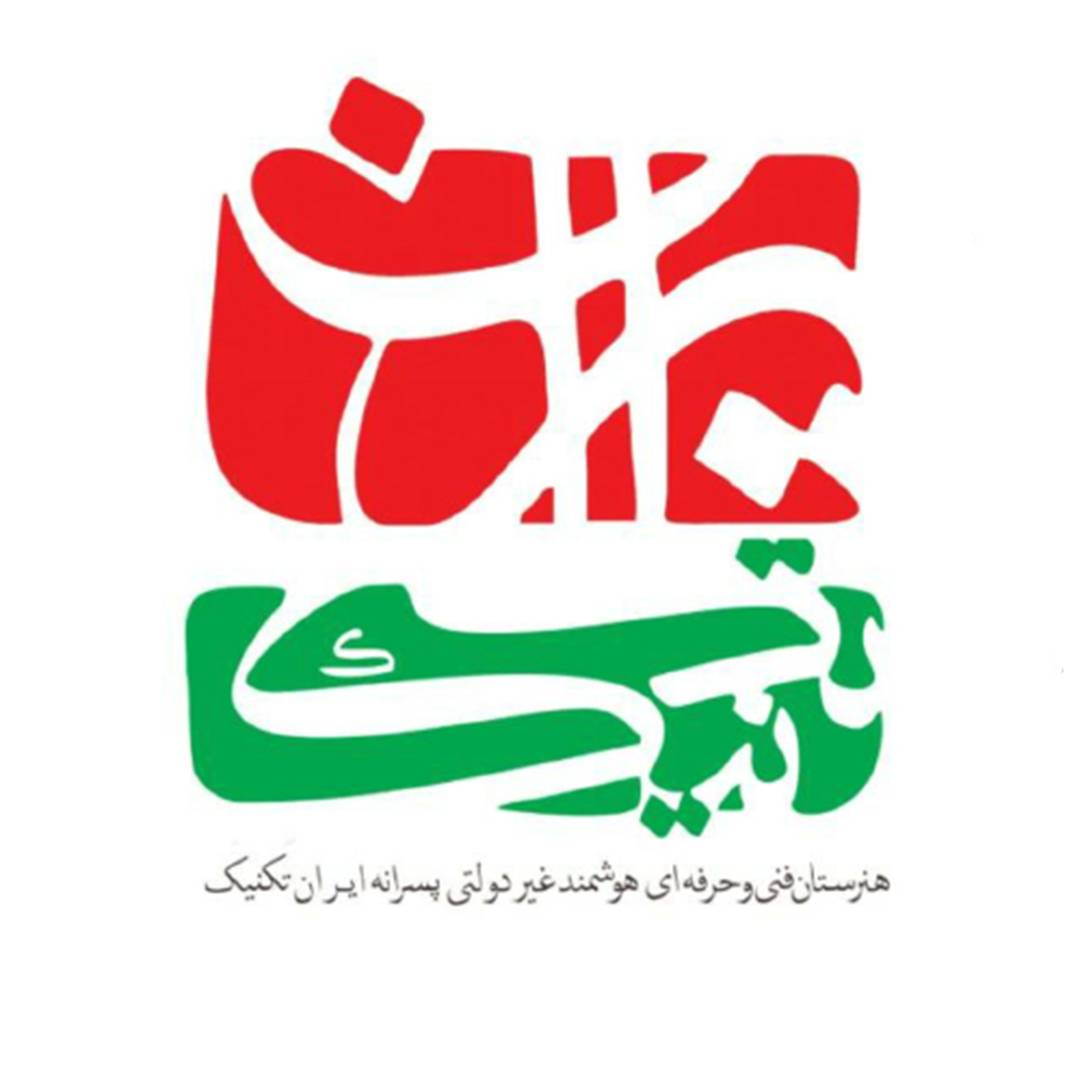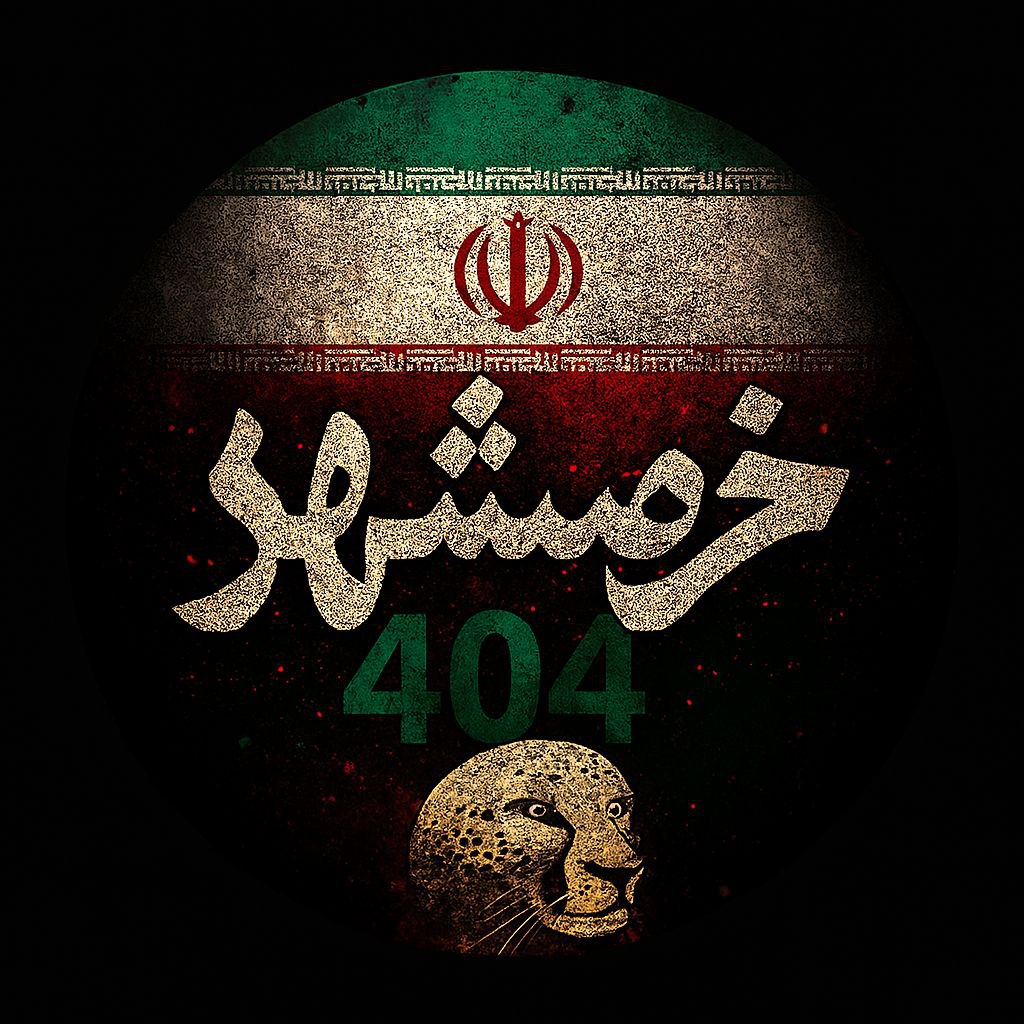The war between Israel and Iran was a 12-day conflict that began on June 12, 2025, with Israeli airstrikes on Iran’s nuclear facilities, military bases, and residential areas. Israel stated that the aim of the attacks was to destroy Iran’s nuclear and missile programs, change the political structure of the country, and reduce regional threats. During the attacks, more than 1,100 people were killed and over 5,700 were injured, including a number of senior military commanders and nuclear scientists. Around 150 women and children also lost their lives.
U.S. Involvement and Iran’s Response
The Israeli attacks were pre-planned and supported by the United States. On the tenth day, the U.S. military also joined the conflict by bombing Iran’s nuclear facilities in Fordow, Natanz, and Isfahan. Iran condemned the aggression, promised “severe revenge,” and launched Operation *True Promise 3*, during which hundreds of missiles and drones targeted strategic sites in Israel.
Scope and Objectives of the Attack
Israel initiated the war under the codename “Operation Lion’s Leap.” More than 100 targets, including nuclear facilities, military bases, and residential areas in Tehran, Isfahan, Arak, Lorestan, Hamedan, Tabriz, Kermanshah, and Ilam were struck. This aggression was a blatant violation of international law and Iranian sovereignty, causing severe human and economic losses.
Reactions of Iran and the World
Iran’s Leader: Ayatollah Khamenei vowed harsh revenge and emphasized that the Iranian nation stands united and resilient against the enemy’s aggression. Iranian armed forces carried out Operation *True Promise 3*, targeting Israeli military and intelligence centers.
International Community: The Israeli attack faced widespread condemnation from many countries and international organizations. Thirty-three member states of the UN Conference on Disarmament, BRICS countries, the Arab League, the Organization of Islamic Cooperation, and others denounced the Israeli aggression as a violation of international law. Iraq also filed a complaint to the UN Security Council over the violation of its airspace.
Support from the U.S. and Western Allies
The U.S., U.K., France, and other Western allies provided logistical and defense support to Israel. The direct involvement of the U.S. on the tenth day, bombing Iran’s nuclear sites, was part of that support. Despite claims of complete destruction, military and media reports showed that Iran’s nuclear program remained largely intact.
Casualties and Damage
In these attacks, Iran’s nuclear sites in Fordow, Natanz, and Arak, the central IRIB building, seven hospitals, several emergency bases, and a number of scientists and commanders were targeted. Israeli losses reportedly included 28 deaths and 3,223 wounded.
Consequences
The war led to the cancellation of Iran–U.S. negotiations, suspension of Iranian pilgrimages to Mecca, the halting of cooperation with the IAEA, and over $28 billion in economic losses for Israel. It also triggered a wave of Zionist emigration from the occupied territories and disrupted global markets.
Ceasefire and End of the War
On June 23, 2025, following Iran’s Operation *Good News of Victory* and at the request of the U.S., a ceasefire was declared. Analysts saw this as a strategic failure for Israel, as it failed to achieve its political and military goals of destroying Iran’s nuclear program. The Islamic Republic emerged from the war maintaining its sovereignty and demonstrating its unity and defensive power.







